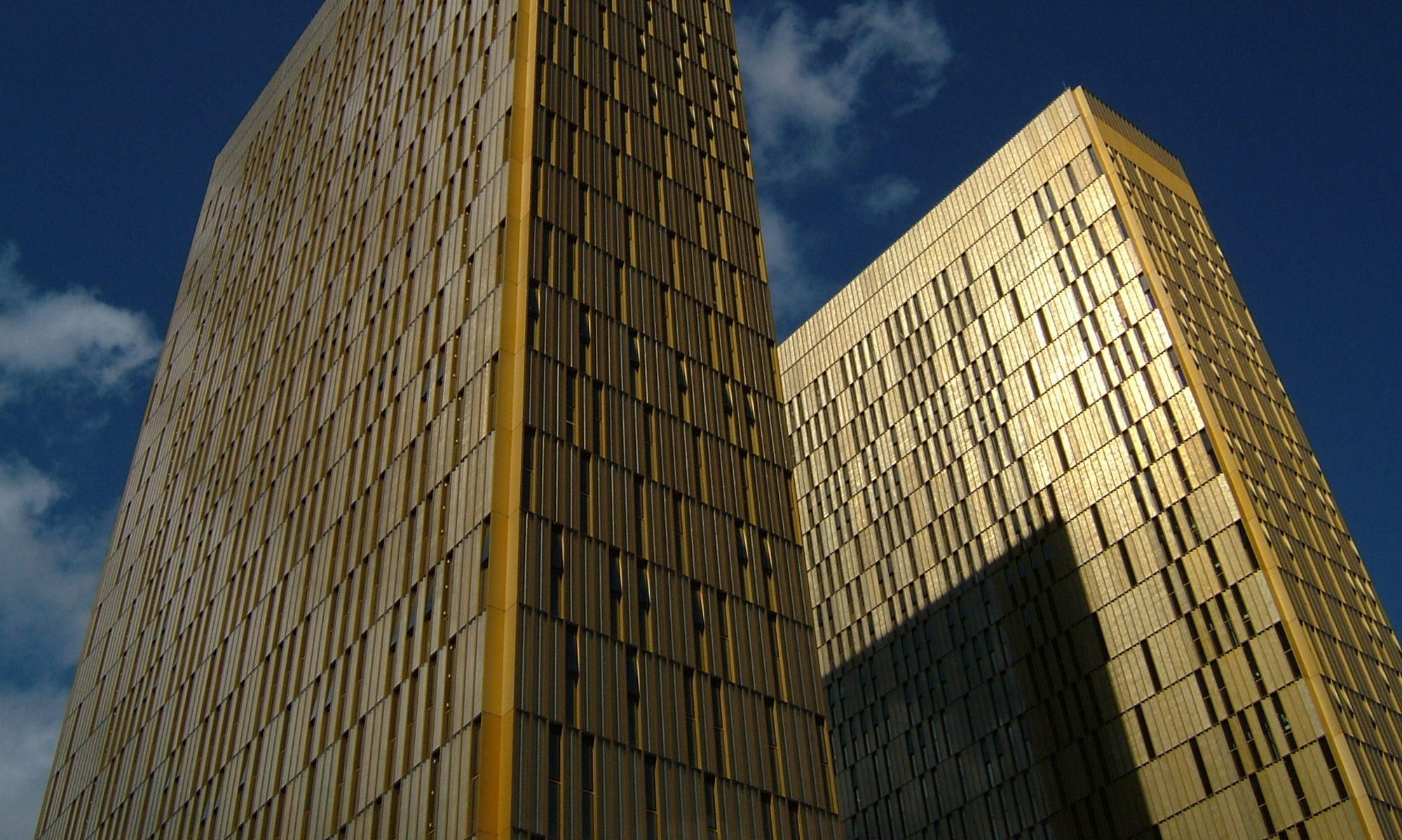Mining Ethereum’s Ether (ETH) on Windows 7, 8.1 and 10 is super easy.
Just follow the simple steps below.
Step 1 : what you need to get started mining Ether (ETH)
You’re going to need a basic gaming PC that has a recent nVidia or AMD graphic card. So if you have a nVidia 1050Ti or better (or AMD equivalent), you’re good to go as crypto mining uses the computing power of your graphics card, not your CPU.
If you have an older card, or no graphics card at all, you’re going to have a bad time.
So, if you have desktop PC (or notebook) with a 1050Ti or better, let’s go to the next step.
Step 2: get yourself a crypto wallet for Ethereum
A wallet is where you will store your mined Ether, the cryptocoin on the Ethereum blockchain. You will need your own unique wallet address (a long string of numbers and letters) for your mined Ether to be stored.
The Ethereum page has a list of wallets on its website. I suggest using the wallets listed under “Crypto curious” heading on the wallets page.
Alternatively, if you want to sell your mined Ethereum on a crypto exchange, I recommend signing up to the Australian based Coinspot exchange (which is what I use) and using it to generate your wallet address. That way it’s put straight into your account on the Coinspot exchange ready for you to sell, or trade for other cryptocurrencies like Bitcoin or Litecoin.
Step 3: download and install the Windows Ether mining software (suitable for Windows 7, 8 and 10)
WinEth is a one-click mining software for Windows and AMD or nVidia GPUs.
It’s super simple to download and install. Once you’ve downloaded and installed it, run the WinEth miner and put in your unique wallet address into the “Ethereum address”. Without this wallet address, you won’t be given the Ether you mine, so don’t skip this step. You can also put in your email address to make it easy to manage.
The WinEth miner uses the Nanopool as your default crypto mining pool. A crypto mining pool is a place where lots of people (including you) collectively mine Ether like a giant supercomputer. You get paid for your computer’s contribution to this mining pool supercomputer.
To see your progress in mining Ether, select the “Click here to view payout status” on the WinEth miner which will take you to your page on the Nanopool. This will not work until you have been mining Ether for at least 30 minutes (maybe longer).
If you’ve put your email into the WinEth miner, you can adjust some settings here in your Nanopool account. I suggest you click the “SETTINGS” button, enter the email you put into your WinEth miner (that’s your password so they know it’s you) and change the default “Minimum payout” to 0.05 Ether. That way you will get your mined Ether sent to your wallet sooner rather than later.
That’s it! You’re now mining Ether and will become a billionaire! Or more realistically you may make some money to buy a case of beer once a month. Enjoy!
Below is a simple video guide too.
